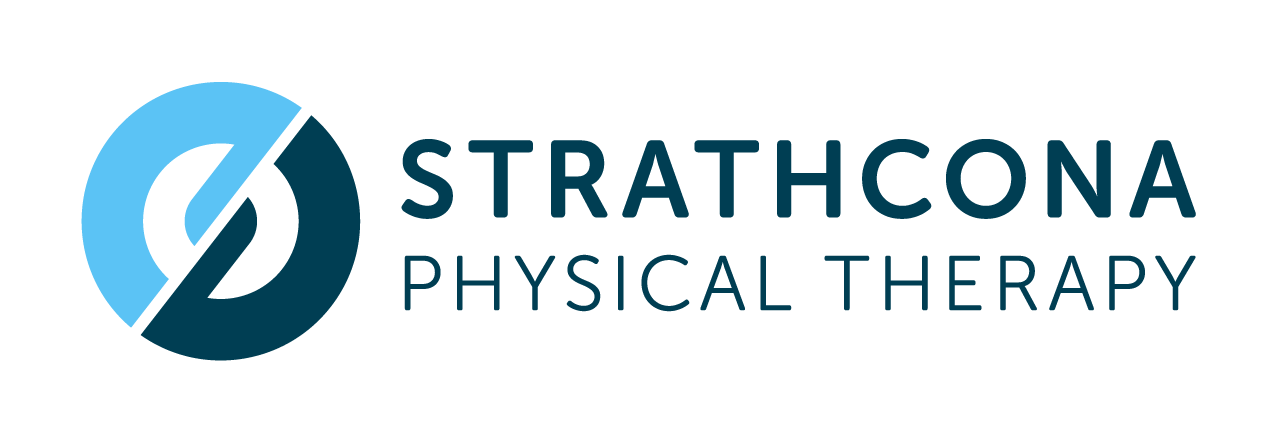The Lateral Pterygoid Muscle: A Key Player in Jaw Health and TMD
The lateral pterygoid muscle is one of the most important muscles involved in jaw function, joint stability, and smooth control of movement. It plays a central role in guiding the articular disc and coordinating jaw opening, closing, and side-to-side movement.
While temporomandibular disorders (TMD) can involve multiple contributing factors — including joint mechanics, muscle imbalances, posture, parafunctional habits (like clenching), stress, or past trauma — the lateral pterygoid often plays a critical role and is commonly involved in many TMD presentations.
What Does the Lateral Pterygoid Do?
The lateral pterygoid consists of two heads:
The superior head, attaching to the articular disc and TMJ capsule
The inferior head, attaching to the mandibular condyle (jawbone)
Together, this muscle:
Protracts the jaw (moves it forward)
Assists with opening the mouth
Controls side-to-side movements
Stabilizes and guides the disc as the jaw opens and closes
Its connection to the disc makes it uniquely important in coordinating the joint’s internal mechanics.
Why Is It Important in TMJ Function?
One of the lateral pterygoid’s primary roles is to help position and stabilize the articular disc during jaw motion. When the muscle is dysfunctional—due to overuse, underuse, incoordination, or trauma—it can disrupt the harmony between the disc and the jawbone.
This may contribute to:
Clicking or popping sounds
Jaw locking
Pain in the jaw or temple area
Deviations or asymmetry during opening
However, it’s important to note that these symptoms can also arise from other factors, such as ligamentous laxity, disc degeneration, stress-related muscle tension, or poor cervical posture. The lateral pterygoid is one important part of a complex system, and its involvement should always be considered in context.
Clinical Implications for TMD
Dysfunction in the lateral pterygoid may contribute to:
Reduced disc stability
Jaw asymmetry
Increased strain on the TMJ and surrounding muscles
Compensatory tension in other facial or cervical muscles
But it rarely acts alone. TMD symptoms often reflect a multifactorial picture, including cervical spine involvement, myofascial pain, stress-related clenching, or long-standing biomechanical imbalances.
A comprehensive assessment helps determine whether the lateral pterygoid is a primary driver, a compensating muscle, or a secondary contributor.
How Physiotherapy Can Help
A holistic jaw physiotherapy program may include:
Manual therapy to release tight or overactive muscles
Motor control retraining to improve jaw coordination and reduce strain
Postural corrections to address contributing factors from the neck and upper back
Breathing, relaxation, and education strategies for long-term symptom management
If the lateral pterygoid is involved, specific techniques and exercises can be used to restore its function — but treatment always considers the entire neuromuscular and joint system.
Final Takeaway
The lateral pterygoid muscle plays a key role in maintaining TMJ balance and controlling jaw movement, particularly due to its influence on the articular disc.
However, TMD symptoms like clicking, locking, and pain often result from multiple overlapping factors, including joint mechanics, cervical posture, stress, and other muscle imbalances.
A proper assessment is essential to understand each individual's specific pattern and to create a personalized, evidence-based treatment plan.
References:
Okeson, J. P. (2019). Management of Temporomandibular Disorders and Occlusion, 8th Edition.
American Academy of Orofacial Pain (AAOP) Guidelines, 2021.
Ferreira CLP et al. (2019). Journal of Oral Rehabilitation.
Wright EF, North SL. (2009). Journal of Manual & Manipulative Therapy.
